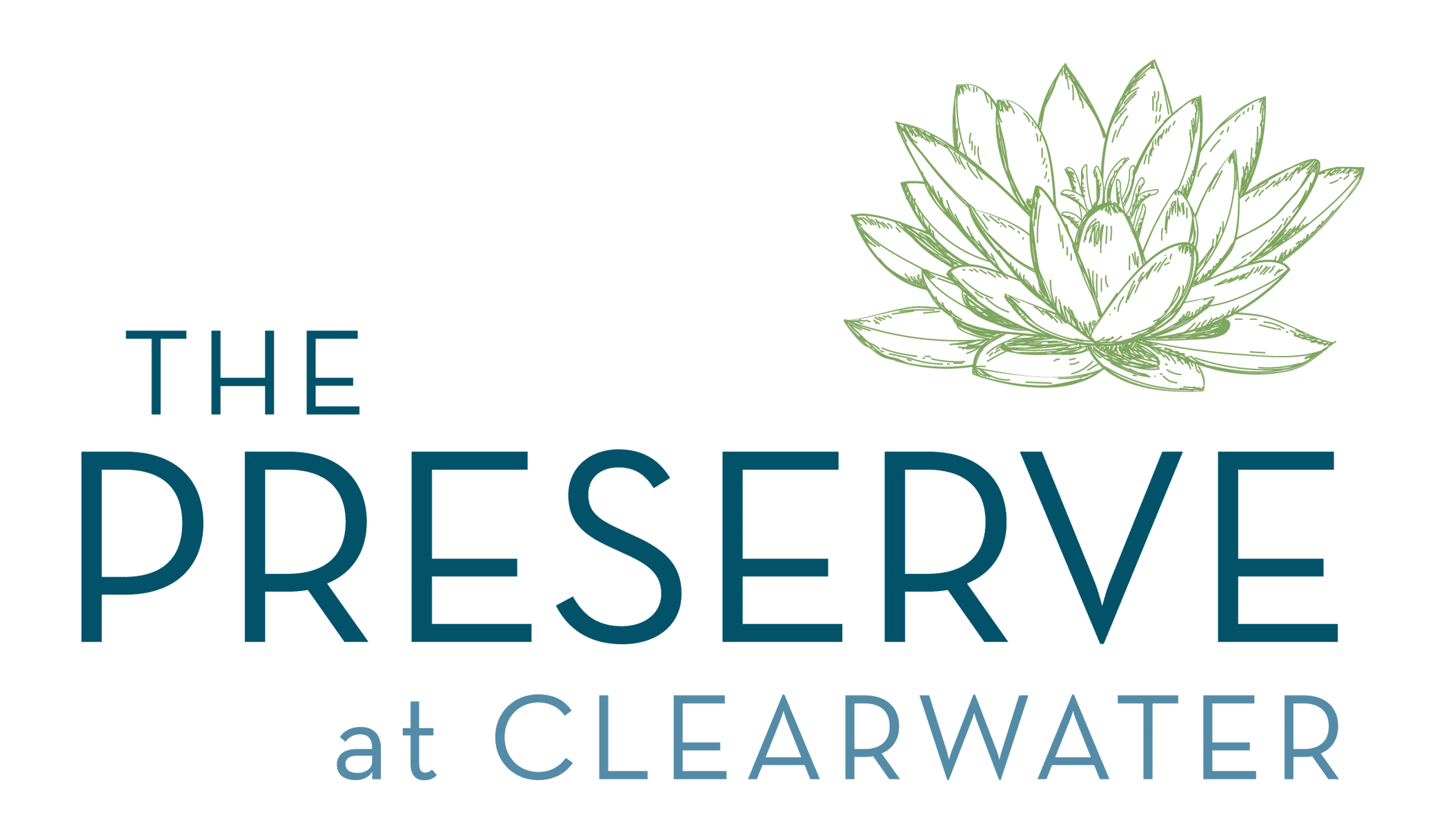
Alzheimer’s patients now have more options than ever for treating their disease— two drugs are approved to treat the causes of Alzheimer’s, and the U.S. Food and Drug Administration is currently considering approving another, which could be available next year. Many researchers are starting to focus on how to get the most out of these treatments: how to identify people who will benefit the most, how long people need to be treated, and how to measure the effect of the drugs. They are also exploring whether these drugs could not only slow, but maybe even prevent some of the more damaging effects of the disease.
At the annual Clinical Trials on Alzheimer’s Disease conference in Boston, Eisai and Biogen, makers of the most recently approved drug, lecanemab (Leqembi), as well as Eli Lilly, maker of donanemab, which the U.S. Food and Drug Administration (FDA) is currently reviewing for possible approval by the end of the year, reported on their latest studies. Eisai provided additional data on longer-term use of its drug, as well as on a new formulation that would make it easier for patients to take than the current hour-long IV infusion once every two weeks. Lilly shared new data from its final phase of testing that showed patients’ ability to execute daily tasks improved, as did their performance on memory, orientation, and judgment tests while taking the experimental drug, compared to those receiving a placebo.
The FDA approved lecanemab in January, based on data showing that IV infusions once every two weeks for a year and a half delayed cognitive decline by 27% in those receiving the drug compared to people getting a placebo. At the Boston conference this week, Eisai presented encouraging data on a new formulation of its drug—one that doctors or patients themselves can inject once a week rather than receive through an hour-long infusion once a month. In a group of 72 patients who received lecanemab for the first time as an injection, and 322 patients from the original study who switched from the IV infusion to the injections for six months, PET scans showed that the injections led to a 14% greater reduction in amyloid compared to those who had received IV infusions after six months. That, according to Eisai, may be because the injections result in a higher blood concentration of the drug by about 11% compared to the IV infusion. “We think the [injection] formulation will really help patients in terms of making it more convenient and not having to go to infusion centers,” says Dr. Michael Irizarry, senior vice president of clinical research at Eisai. He says the company plans to request that the FDA approve the injections by the end of March 2024.
Eisai also provided more detailed and extended data suggesting that lecanemab works best when it is used as early in the disease as possible, and that the benefits continued to 24 months, six months beyond the original study
To learn more about the importance of diagnosing Alzheimer’s as early as possible, from TIME magazine, CLICK HERE.

